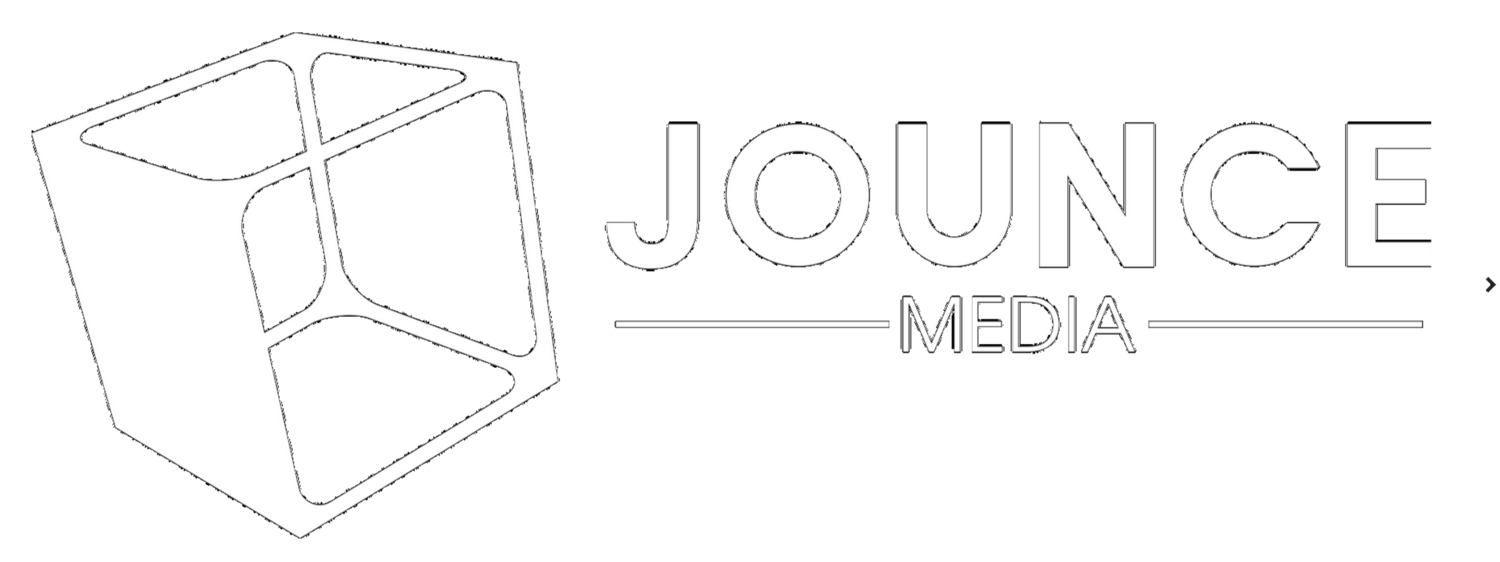Last week’s announcement that Facebook will be shutting down Facebook Exchange (FBX), its RTB ad exchange, closes an important chapter in the programmatic advertising history books. FBX was the first mass market example of real time bidding’s applications beyond banner ads, and its closure is a signal of the growing power of walled gardens in the face of an open advertising ecosystem. But most publishers aren’t Facebook, and they are eagerly adopting the programmatic selling of native ad units. Both publishers and advertisers are being swarmed with new tools that position native RTB to be a major industry growth driver in the coming year.
The Rise
In July 2012, Facebook launched FBX, an RTB ad exchange that opened a new access point for advertisers to buy Facebook inventory. Prior to FBX, the only way advertisers could buy Facebook ads was to run campaigns directly with Facebook through a tool called Facebook Ads Marketplace. FBX allowed advertisers to include Facebook as a new inventory source within existing DSP campaigns. Advertisers were able to open their highest ROI targeting tactics to a massive new pool of high quality inventory.
Revisionist history says that FBX was a thoughtfully planned Trojan horse that allowed Facebook to scoop up programmatic budgets flowing through semi-competitive DSPs. FBX launched with much fanfare, a long list of powerful partners, and the glaring absence of Google’s DSP. Facebook appeared to be building an RTB powerhouse and keeping Google on the sidelines.
In reality, FBX was a reactive move meant to calm investors who were panicky about Facebook’s messy IPO, slower than expected revenue growth, and rejection by major advertisers. Under pressure to demonstrate its role in the programmatic advertising economy, Facebook built a hacked solution that allowed it to plug into display-oriented RTB ad budgets across the retail, telco, auto, and financial services sectors. FBX proved to be a windfall for DSPs who saw hockey stick growth for their new “social” media channel, and Facebook had a story for investors about how it was participating in the hyper-growth RTB ecosystem.
The Fall
At launch, FBX included access to only a subset of Facebook’s inventory – ads in the right hand rail of Facebook’s desktop website. While Facebook did expand FBX’s inventory access, they critically never provided access to Facebook’s mobile website or mobile app. By 2014, mobile had grown to represent 70% of Facebook’s ad revenue, and by 2015, nearly half of Facebook users had stopped logging into Facebook’s desktop website altogether.
Facebook rolled out a stream of innovative targeting options, ad formats, and mobile attribution tools that were only available to Ads Marketplace campaigns, not FBX buyers. Advertisers also began to adopt a new class of social marketing management tools that greatly reduced the trafficking and reporting burden for Facebook Ads Marketplace campaigns. The cumulative effect of the Marketplace/FBX feature disparity and reduced Ads Marketplace buying friction made FBX an afterthought for most advertisers.
Just a year after launch, Sheryl Sandberg told investors that FBX is “actually a very small part of our business.” By early 2015, Facebook had begun to cull the FBX partner list, and the exchange will be shuttered entirely by the end 2016. Once again, the only way for advertisers to buy Facebook inventory will be to create Facebook-specific campaigns. The Facebook walls came down, but just for a short while.
Native RTB's Second Act
Native advertising was born in social platforms like Facebook, but its application is now widespread and is becoming the anti-banner solution for mobile feed-based publishers. In 2015, the IAB formalized creative formats for native advertising and ratified a new version of the OpenRTB spec that introduced native advertising support. On the supply side of the market, legacy native ad networks like Sharethrough are now exposing 100% of their inventory to RTB buyers, and incumbent RTB ad exchanges like Google’s AdX are rolling out support for native advertising. On the demand side, performance marketing companies like Criteo are introducing native ad offerings, and DSPs like The Trade Desk are exposing native ad buying tools for advertisers and ad agencies.
It is the rare publisher who can strong arm advertisers into buying within a walled garden environment. Setting aside mega-platforms like Facebook, Twitter, and Pinterest, the overwhelming majority of publishers will transact in open exchange marketplaces. As advertisers and publishers seek to elevate the quality and impact of exchange-based media, native formats are poised to be a major growth engine. FBX is dead, but native RTB is just getting started.



